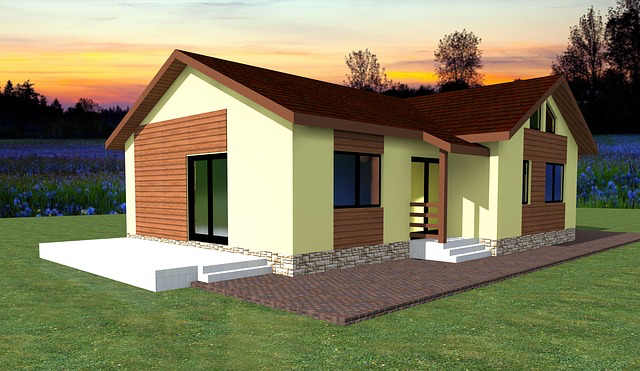Remember when 3-D meant wearing funny looking plastic glasses to watch a movie and either (a) become immersed in that fantasy world, or (b) come out with a migraine and needing a nap?
Today, 3-D means so much more. Hospitals are using it to create organs for transplants, and the auto industry is using it to construct auto parts. The trend has also greatly impacted construction. Companies in China and the Netherlands have constructed homes within a 24-hour period, utilizing 3D printing. And we’re not talking about tiny houses or trailers here. These are real life, regular sized homes. What’s more, the houses were built on-site, with recycled materials, at a significant fraction of usual construction costs: $5,000.00. Yes, you read that right. You can build a house for five grand.
What does this mean for the construction industry?
Before panic sets in, let’s look at it objectively. Did films come to an end thanks to the ubiquitous use of the Internet? Blockbuster may have had to shut its doors; yet Netflix and Hulu have made a killing streaming movies on demand. What’s the difference between one company’s demise and the other two that are still thriving? Evolving with the times and adapting to technology.
With some 3D printing, the large-scale printers print the materials, but workers are still needed to put together the homes; while with others, the entire project can be done by the printer. There are a lot of benefits for both the end user and the builder: a significant reduction in construction costs, less harm done to the environment, and the ability of completing expansive projects in less time. In addition, this means that the recent workers shortage won’t have a long-term effect within the field; which is more than what could be said about those funny looking glasses.

